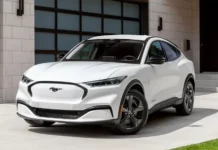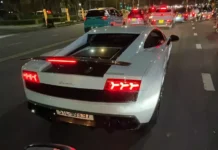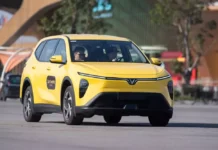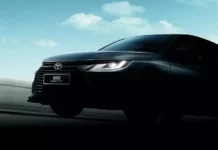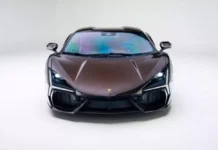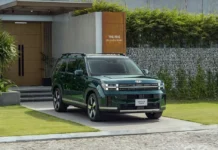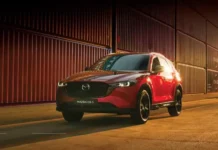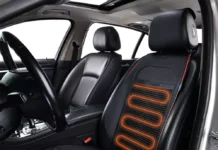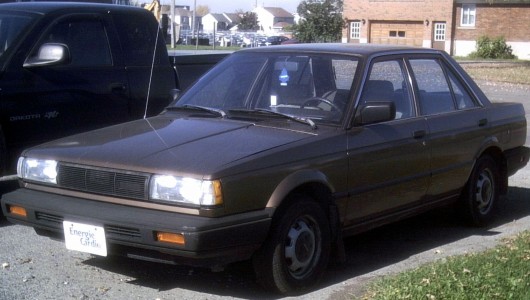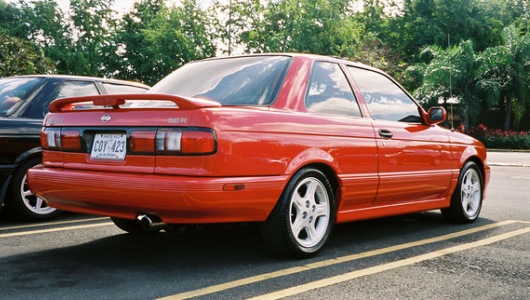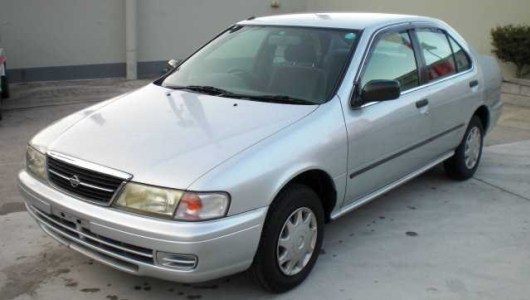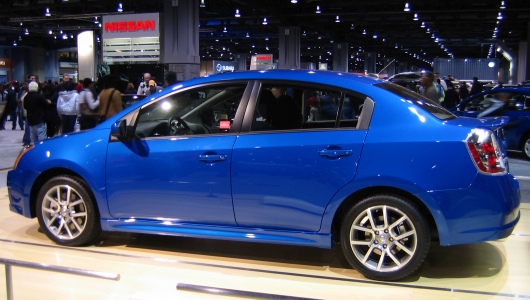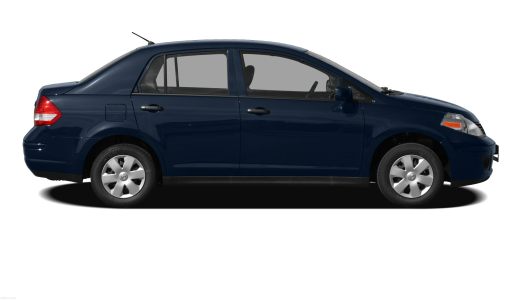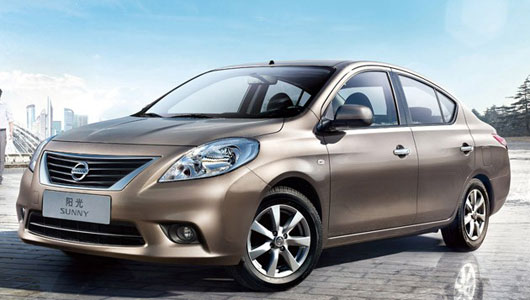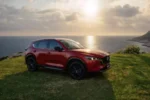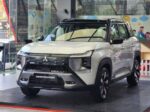Made a strong mark in the automotive industry through generations of Datsun, making a good impression in the world’s largest market with the first generation Nissan Sentra, Sunny continues to write a glorious heritage in its brand’s history.
>> Nissan Sunny – Quietly shining (Part I)
>> A closer look at the Nissan Sunny 2013 in Vietnam
>> Nissan resurrects the Sunny in Vietnam
However, it is not clear whether it is because of the overwhelming success that the design of the Sunny has sometimes deviated from the pulse of the times. Despite this, with the spirit of a big player, the Japanese carmaker always knows how to steer the ship on the right path to success, which the past has experienced. 11 generations have passed, Sunny has gone through many roads around the world, and will continue to go to new horizons.
Sixth generation B12 (1985 – 1990)
Since 1985, except for the station wagon model, B12 has not been widely exported. It is known as the Sentra in some markets and sold in Mexico under the name Nissan Hikari. This series is distinguishable by its square shape, which has become outdated in the mid-1980s. The angular design determined by Nissan’s design director at the time brought about a significant decline in sales during this period. Throughout its product life cycle, the B12 was equipped with all-wheel drive.
Nissan Sentra 1987
The B12 series Sentra still dominates Nissan’s C segment in North America, although these models are downsized compared to previous years. At the time of launch, the sedan appeared with the XE two-door, XE four-door, and GXE versions along with two trim levels for coupes, front-wheel drive wagons, 3-door hatchbacks, and all-wheel drive wagons.
In Malaysia, the B12 is known as the Nissan Sentra Super Saloon (the first version) with the E16 engine. It is often used as a taxi or rental car. However, the B12 was replaced by the Pulsar N13 in 1987.
Seventh generation B13 (1990 – 1994)
The B13 was introduced in 1990 and retained many of the B12’s ideas in a softer and more timely figure. It was particularly successful in the United States, where the Sentra SE-R models were extremely popular. The car continued to be produced in Mexico and sold domestically under the name Tsuru and exported to Chile and Peru under the Nissan V16 brand. The car is popular due to its reliability and low maintenance costs. It also reminds people of the former mayor of Mexico City, Andrés Manuel López Obrador, driving a white Tsuru. In Taiwan, the Sunny is known as the 311.
Nissan Sentra SE-R 1993
Eighth generation B14 (1994-1998)
The B14 Sunny and Sentra appeared in 1994 and were produced until 1998, equipped with all-wheel drive. In addition to Japan, this car was also produced in Karachi, Pakistan through a joint venture between Ghandara Nissan and Nissan Japan until 2001 for the domestic and export markets.
In this generation, the station wagon was provided to Mazda under an OEM agreement as the Familia van. The Nissan Wingroad series appeared as a side product of the Sunny line in Japan, replacing the Nissan Sunny California. Both the Mazda Familia and Nissan Wingroad had different front and rear ends compared to the exported wagon.
Nissan Sunny 1997
Nissan Mexico sold this model as the Sentra, equipped with a 1.6-liter GA16DE engine from 1995 to 1997, GA16DNE from 1998 to 2000, and a 2.0-liter SR20DE engine in the top-of-the-line GSS version.
Thailand and some Asian countries owned the B14 model from 1994 to 2000 with some minor changes along the way.
Ninth generation B15 (1998-2007)
The next generation Sunny was produced from 1998 to 2007 with the B15 series code. In the United States, the Sentra continued with the 1.8-liter and 2.5-liter engines, continuing the legacy of the Sunny, although the plan was to build the next generation Nissan Sentra on a different platform than the Sunny frame.
Nissan Sunny 2007
In Japan, the Sunny is offered with 1.3-liter, 1.5-liter, 1.8-liter gasoline engines, and a 2.2-liter diesel engine.
While the pre-B15 Nissan Sentra in North America is similar to the twin brother Nissan Sunny B series in Japan, the B15 Sentra (2000-2006) is very different from the B15 Sunny. The B15 Sentra body looks similar to the aerodynamic B14 body, while the Sunny B15 body returns to a more traditional 3-box sedan design. In Japan, the B15 is sold on the market as the Nissan Super Sunny.
Tenth generation N17 (2010 – 2012)
N17 or also called L02B in Nissan’s new code scheme was launched at the 2010 Guangzhou International Auto Show. It is equipped with a 1.6-liter gasoline engine capable of delivering 107 horsepower and 145 Nm of torque. The new vehicle is lighter and has more legroom than the previous version. Estimated fuel consumption is 8/6 liters/100km city/highway when using the CVT transmission.
The model in the United States was announced at the 2011 New York Auto Show as the second-generation Nissan Versa Sedan. The new Versa sedan continues to compete with other compact sedans such as the Ford Fiesta, Chevrolet Aveo, Hyundai Accent, and Toyota Yaris. The price in the United States is $10,990 for the base model. Higher-spec versions include Bluetooth, a navigation system, and a 5-inch touch screen display, satellite radio, and iPod®/USB interface. It is considered the cheapest car in the United States.
The Thai version was launched as the Nissan Almera, the third generation in October 7, 2011. It is a car under the project Green Car of Thailand, using the same 1.2-liter engine as the Nissan March (Micra), with a fuel consumption of 5 liters/100km and equipped with both a 5-speed manual and a CVT transmission.
The Sunny tenth generation is also sold in the Malaysian, Australian, Singaporean, Mauritian, and Nigerian markets under the name Nissan Almera. In these markets, the Almera is equipped with the HR15DE engine with continuously variable valve timing combined with a 4-speed automatic transmission or a 5-speed manual transmission.
The model in Japan was launched as the Nissan Latio, imported from Thailand on October 5, 2012. The launch was delayed due to a power shortage in Japan caused by the earthquake and tsunami disaster in 2011.
The Australian model was launched as the Almera at the end of 2012. This model has a starting price of $16,990 and is powered by a 1.5-liter gasoline engine.
Eleventh generation (2012 – present)
With the launch of the 11th generation in May 2012 in Sri Lanka, the Nissan Sunny has made a spectacular comeback. The new Sunny uses Nissan’s global “V” platform combined with a smooth and powerful 1.5-liter gasoline engine. In a global business scenario, producing competitive cars anywhere holds crucial economic significance. The new Sunny is also no exception, with about 90% of its parts originating from India. Even the engine is assembled in Japan at the Nissan-Renault plant in Chennai.
The Nissan DOHC 16-valve, 4-cylinder, fuel-injected engine is capable of generating 99 horsepower at 6,000 rpm and 134 Nm of torque at 4,000 rpm. The car is equipped with a 5-speed manual transmission, MacPherson strut front suspension, and torsion beam rear suspension.
AMW representatives also confirmed that the Sunny will be covered by a 4-year or 80,000 km warranty – great news for Sunny fans.
“Nissan Sunny has become one of the outstanding players of the Japanese brand in the Indian market” — Topgear.com (2013).
“Thanks to its fuel efficiency, spacious cabin, and enhanced entertainment features, the 2013 Nissan Sentra is becoming a desirable choice in the compact sedan segment” — Edmunds.
Ngoc Diep (TTTD)





